31+ SAMPLE Nonprofit Agreement
-

Nonprofit Organization License Agreement
download now -
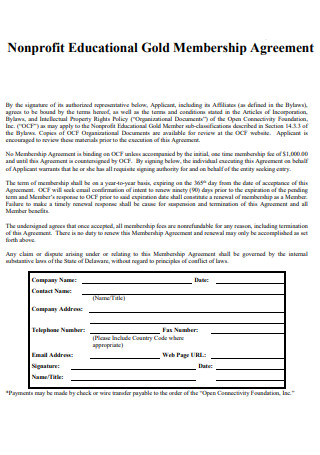
Nonprofit Educational Gold Membership Agreement
download now -
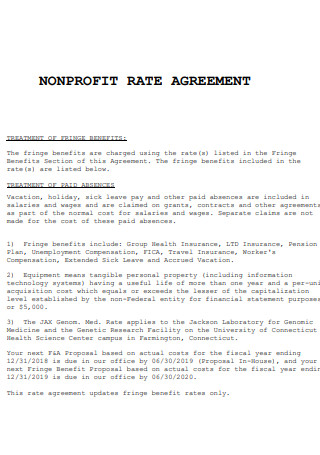
Nonprofit Rate Agreement
download now -
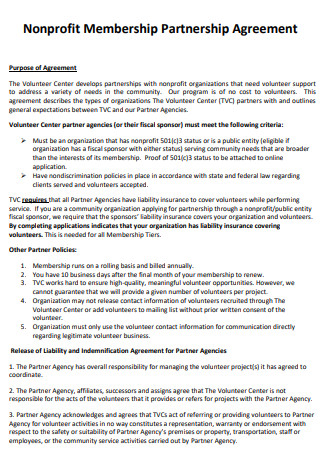
Nonprofit Membership Partnership Agreement
download now -
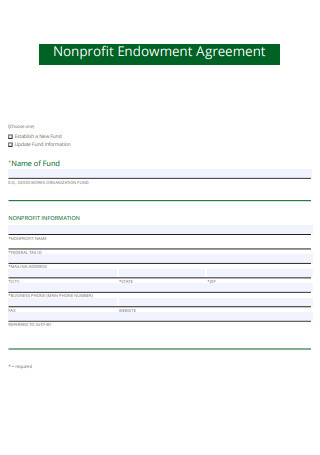
Nonprofit Endowment Agreement
download now -
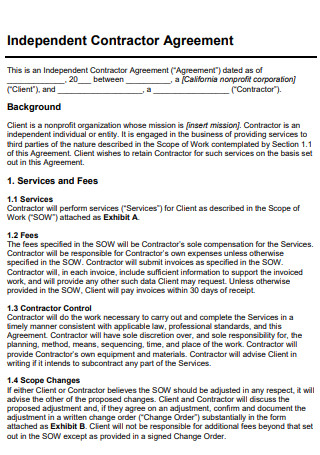
Nonprofit Independent Contractor Agreement
download now -
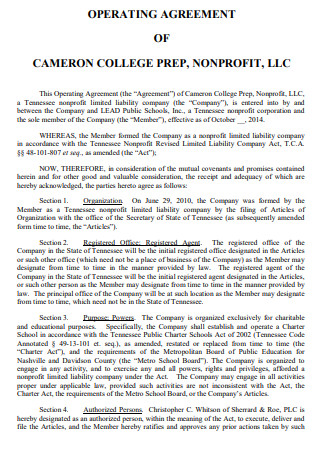
Nonprofit Operating Agreement
download now -

Nonprofit Project Agreement
download now -
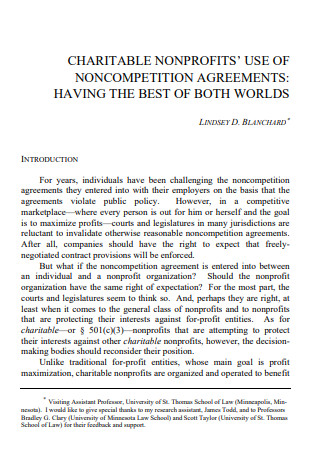
Charitable Nonprofit Agreement
download now -
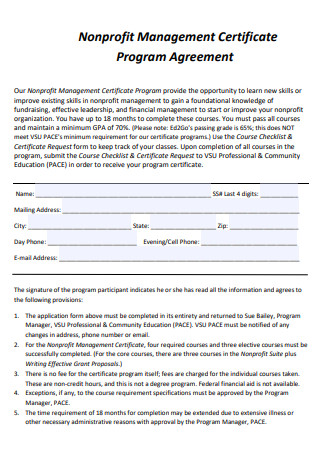
Nonprofit Management Certificate Program Agreement
download now -
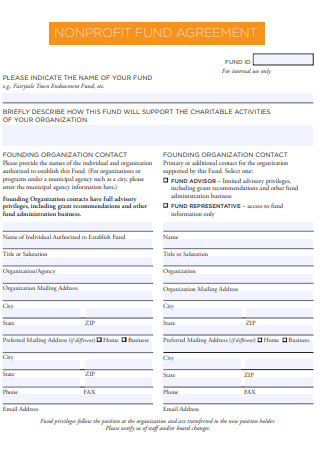
Nonprofit Fund Agreement
download now -
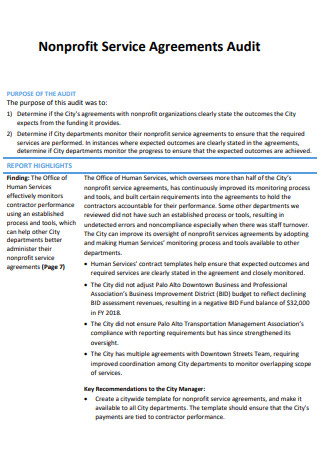
Nonprofit Service Agreements Audit
download now -
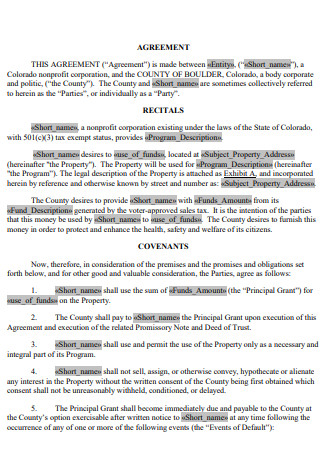
Nonprofit Agreement
download now -

Nonprofit Designated Fund Agreement
download now -
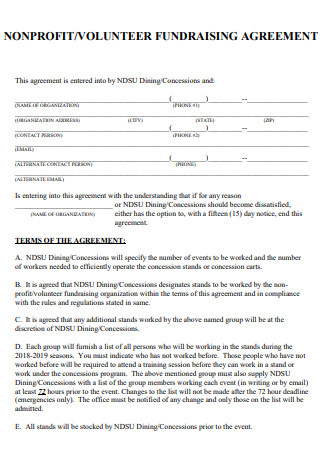
Nonprofit Volunteer Fundrasing Agreement
download now -
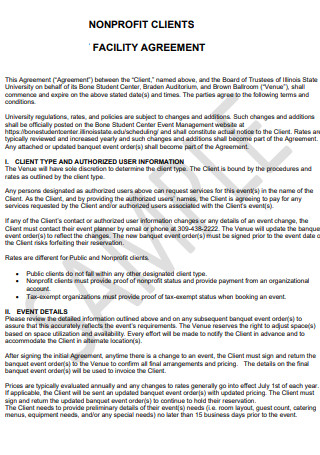
Nonprofit Facility Agreement
download now -
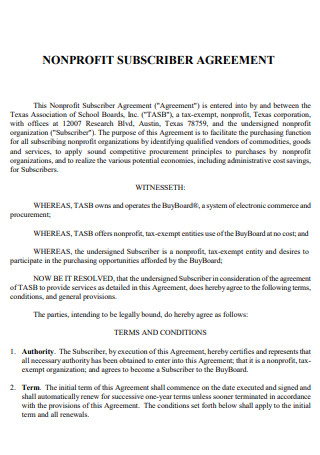
Nonprofit Subscriber Agreement
download now -

Volume License Agreement for Non-Profit Eligibility Form
download now -
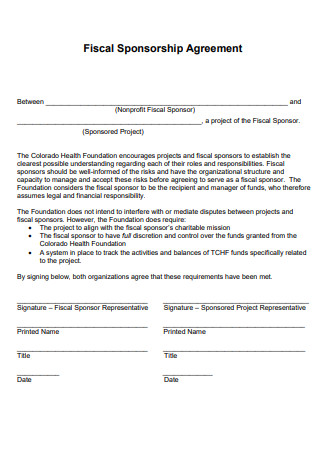
Non Profit Fiscal Sponsorship Agreement
download now -
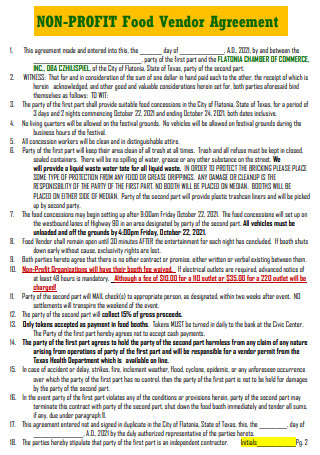
Non Profit Food Vendor Agreement
download now -
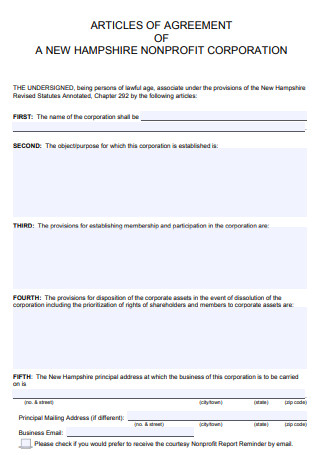
Non Profit Articles of Agreement
download now -

Public Nonprofit Housing Partnership Agreement
download now -
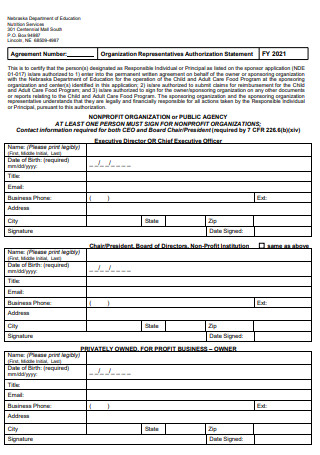
Nonprofit Organization Representatives Agreement
download now -
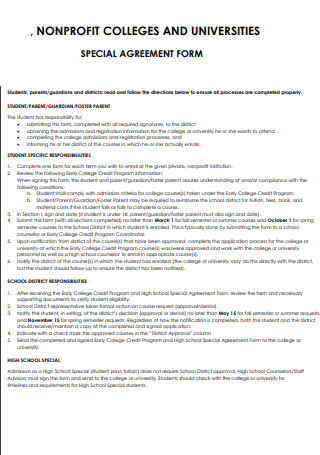
Nonprofit Special Agreement Form
download now -

Nonprofit Remote Work Agreement
download now -
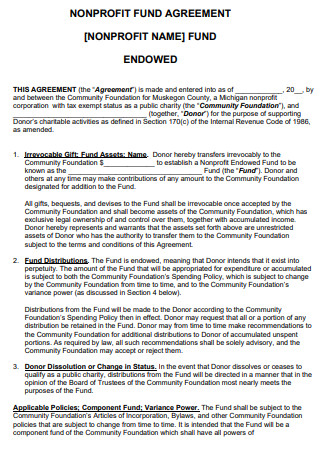
Nonprofit Endowed Fund Agreement
download now -

Nonprofit Exit Agreement
download now -
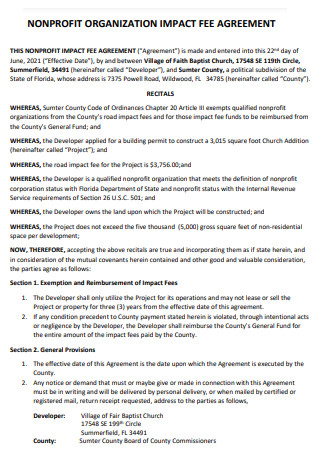
Nonprofit Organization Impact Fee Agreement
download now -
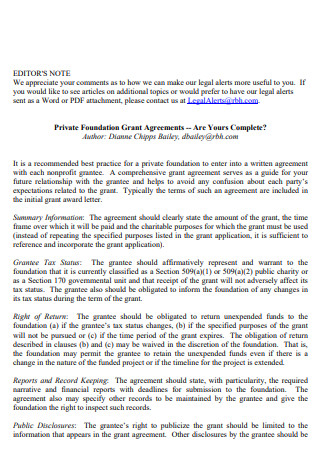
Nonprofit Grant Agreement
download now -
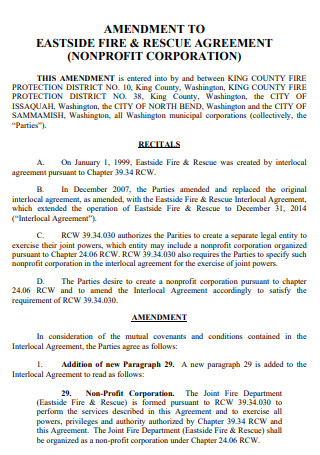
Nonprofit Rescue Agreement
download now -
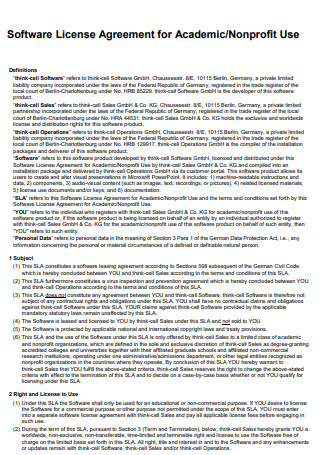
Software License Agreement for Academic Non-Profit
download now -
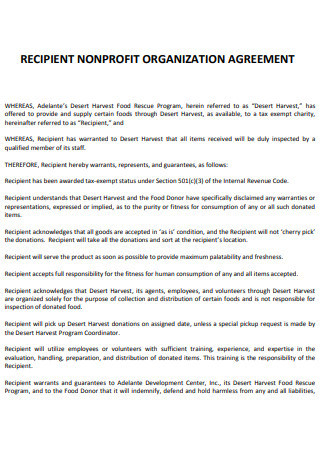
Recepient Nonprofit Orhanization Agreement
download now
FREE Nonprofit Agreement s to Download
31+ SAMPLE Nonprofit Agreement
What Is a Nonprofit Agreement?
What Makes a Good Nonprofit Organization?
Types of Nonprofit Agreement
How to Create a Nonprofit Agreement
FAQs
What policies should a nonprofit have?
What are the types of non profit organizations?
Can the founder of a non profit receive a salary?
What is the legal structure of a nonprofit?
Can a non profit organization be listed?
What Is a Nonprofit Agreement?
A nonprofit agreement is a formal written agreement between a nonprofit and an external or third party. The latter may either be an individual such as an employee or volunteer; or an institution such as a local government unit.
According to an online report published by the Statista Research Department, there are about 1.5 million non profit organizations registered in the United States. The 2021 report also disclosed that expenses of nonprofit organizations reached around $2.48 trillion, while revenue was estimated to be at $2.6 trillion.
What Makes a Good Nonprofit Organization?
A nonprofit or non-government organization has several characteristics that sets them apart from traditional companies or business organizations. But what makes a nonprofit organization succeed and effect change in the communities they serve? The following examples are just some of the main values and attributes of a good nonprofit organization.
Types of Nonprofit Agreement
When it comes to nonprofit agreements, it can refer to several contracts. Since nonprofit organizations can work with many partners in advancing their goals and objectives, each formal agreement’s content will naturally vary depending on the nature of the partnership. In other words, an NGO can maintain several possible partnerships over the course of different projects or programs. The following describe just some of the most common types of nonprofit agreements.
How to Create a Nonprofit Agreement
To create a nonprofit agreement, you need to establish a mutual understanding between parties. If you are looking for time-saving templates, choose any free sample agreement from the collection above to edit and customize. Select one that suits your needs and follow the basic step-by-step guide below.
Step 1: Introduce the Parties
The first step in creating a formal nonprofit agreement is to identify the parties entering into the contract. This section will serve as your introduction. As explained previously, a nonprofit agreement can apply to several actors or parties. An NGO or nonprofit organization can establish ties with all kinds of partners including vendors, members, volunteers, and benefactors. It is important to specify who the external party is. Make sure to state the complete name and provide the complete business address. With regard to the format, you can emphasize the parties’ identities by using bold or underscored text.
Step 2: Define the Roles and Responsibilities
Once you have determined the parties involved, the next step is to lay out the different roles and functions of either party. In the case of a nonprofit agreement, responsibilities and tasks may vary depending on the nature of the partnership. For example, a volunteer would have a different job description from that of an independent contractor. Thus, it is critical to be specific and concrete when defining the roles of either party. When enumerating the job functions or tasks of a party, you can use bullet points to make it appear more organized.
Step 3: Set the Terms and Conditions
An essential part of any formal agreement are the terms and provisions. Any agreement or contract of parties needs to have a set of guidelines or ground rules that will help direct the relationship. It is important that these conditions are mutually agreed upon by both parties. The terms can either be general or specific, depending on the contract. Typical terms include confidentiality statements, salary grade, termination of contract, schedule of payments, benefit packages, etc.
Step 4: Confirm the Agreement
Lastly, your nonprofit agreement should end with a formal declaration affirming that both parties consent and agree to the aforementioned terms. This statement does not need to be long. A brief sentence or two should be enough. The purpose of the formal statement is merely to confirm the agreement contract of the participating parties. In addition, make sure to leave adequate space for both parties to affix their names, signatures, and the date of agreement.
FAQs
What policies should a nonprofit have?
A nonprofit organization’s policies and ground rules would vary depending on a number of factors including leadership, organizational structure and core values among others. But in a general sense, universal and common policies would focus on areas such as sponsorship, fundraising, budgeting, confidentiality and privacy.
What are the types of non profit organizations?
According to an article by Indeed, some of the common types of nonprofit organizations are social advocacy groups, public charities, private foundations, employee associations, trade associations and fraternal societies.
Can the founder of a non profit receive a salary?
Generally, yes. A founder of a nonprofit group may dedicate a fair wage for himself or herself. Many big and established NGOs employ full-time workers and offer their employees regular salaries and benefits.
What is the legal structure of a nonprofit?
According to an online article published by Legal Zoom, a non profit organization can organize itself under four main classifications, namely an unincorporated association, a trust, a corporation, or a limited liability company.
Can a non profit organization be listed?
In the most general sense, a nonprofit or nongovernment organization cannot sell shares or stock like a regular for-profit organizations and companies.
If you are tasked to draft a nonprofit agreement, you need to ensure that it is comprehensive, coherent, and fair. And if it is convenience and efficiency you’re looking for, using a ready-made template can save you a lot of time and energy. Browse the sample templates above and start customizing your own agreement today!
